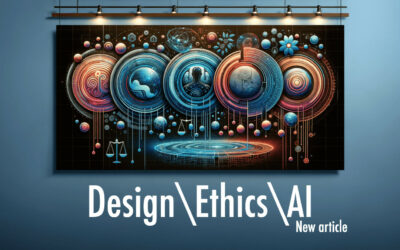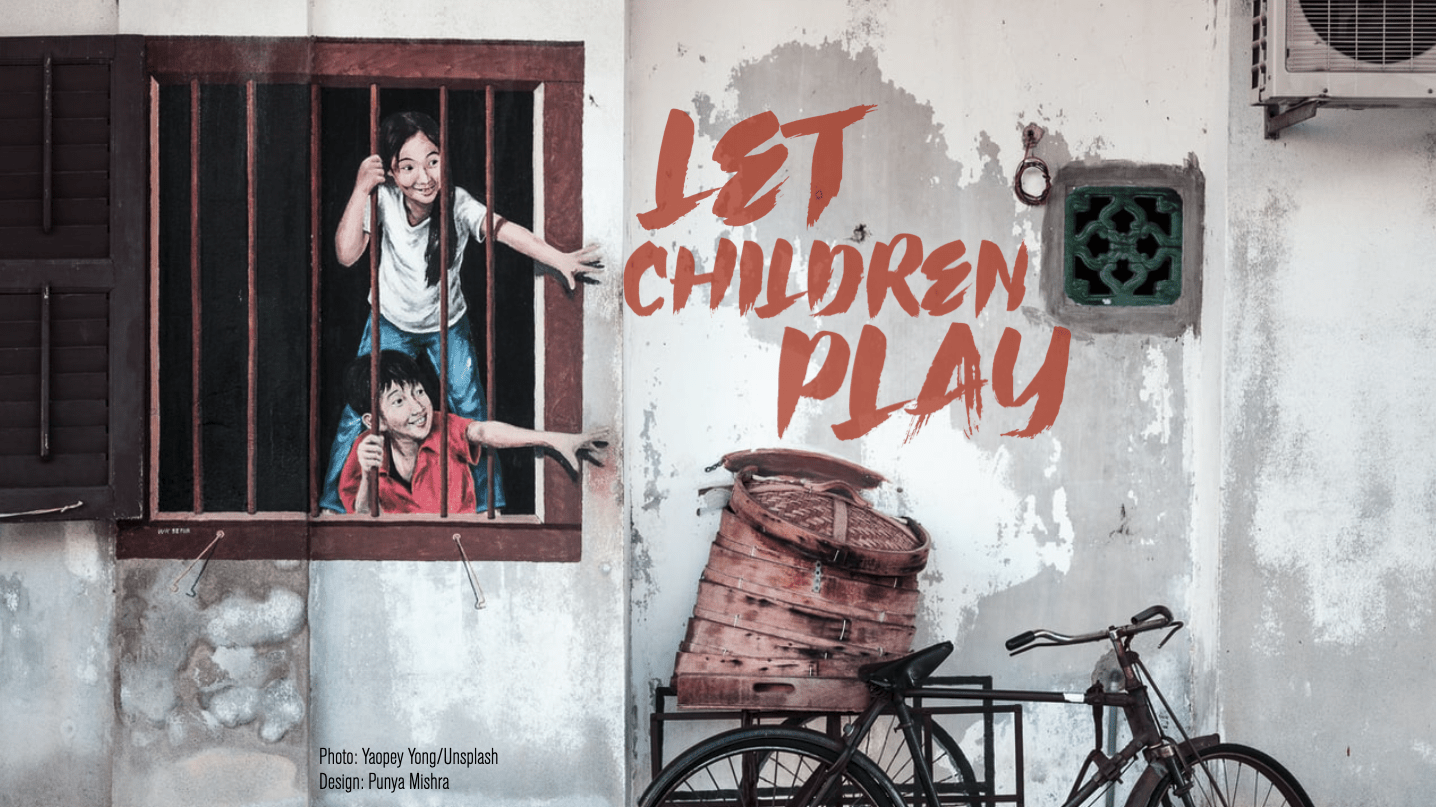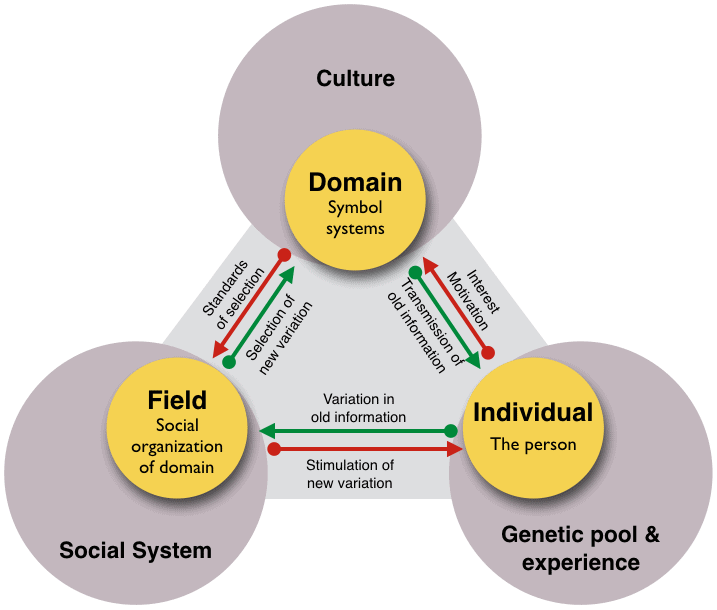I have always been interested in the manner in which people use (or re-use) everyday things for purposes they were never intended for. Be it a piece of red tape to mark a glass door so that people don’t slam into the glass (as I see at the MSU clinical center every time I go there) or use a chair to prop open a door—these are examples of everyday creativity. I have used different phrases or words to describe this phenomena (particularly in the context of educational technology), everything from situational creativity to repurposing to jugaad.
So imagine my pleasure at serendipitously chancing upon a book titled Thoughtless Acts?
This book by Jane Fulton Suri and IDEO
invites you to notice the subtle and amusing ways that people react to the world around them. These “thoughtless acts” reveal how people behave in a world not always perfectly tailored to their needs and demonstrate the kind of real-world observational approach that can inspire designers and anyone involved in creative endeavors.
Its a neat little book, filled with photographs of different “thoughtless acts” i.e. (to quote from the book):
… intuitive ways in which we adapt, exploit, and react to things in our environment; things we do without really thinking.
Some actions, such as grabbing onto something for balance, are universal and instinctive. Others, such as warming hands on a hot mug or stroking velvet, draw on experiences so deeply embodied that they are almost unconscious. Still more, such as hanging a jacket to claim a chair, have become spontaneous through habit or social learning. Observing such everyday interactions reveals subtle details about how we relate to the designed and natural world. This is key information and inspiration for design, and a good starting point for any creative initiative.
What the book emphasizes, for me, is the the value of “learning to see” – a distinction between recognition (which is seeing the world through existing frameworks) and perception (seeing the world as it is!). (Related posts here.) I have argued that this distinction between recognition and perception is the crux of true creativity. To quote myself (see original post here):
Perception is about seeing things for what they are, while recognition is about seeing things for how they have been labeled or how we have seen them in the past.
In this way of looking at things (if you pardon the pun) a toilet seat can be an aesthetic object!
Anyway, the book, Thoughtless Acts? is a pleasure to browse and a quick Google search revealed (no surprise there) a website that goes with the book. What else but thoughtlessacts.com. The website allows you to preview the book as well as contribute observations of your own.
And if you wonder what this has to do with education technology, take a moment to follow these links. In brief, I have argued that there is no such thing as an educational technology. What we have are a range of technologies that we can repurpose, re-see, and re-envision as being educational technologies. Be it using a audio editing tool such as Audacity as a data analysis tool or a GPS device to teach mathematics, teachers are designers of experiences for their students. Experiences that allow them to engage with the world, with deep ideas of content! (TPACK anyone?). But these technologies don’t come as a given, with their pedagogical purpose stamped all over them. Educators have to work on “re-seeing” them for their own selfish (educational) purposes.




nice article thanks for sharing this to us
Reminds me of an article I read recently with my Psychology students, “Everyday Creativity”, published as the cover article of November’s Psychology Today (http://goo.gl/lllO). I loved the thought posed within by author, Carlin Flora, “The real question isn’t ‘How creative are you?’ but rather ‘How are you creative?'”
I shared with them how time in the MAET program offered an opportunity to identify “how” I was creative. By generating activities in which I could engage in tasks with people of complementary skill sets, the opportunity to “learn to see” had been provided. From then, I was free to explore the methods used to provide instruction to students. The reflective process of looking at my own instruction would not have been as rewarding or productive.
Thanks Larry for the link. That is a great article. Thanks also for the kind words about the MAET program. I hope the new PhD will, in its own way, provide you with newer opportunities to look at research and scholarship.